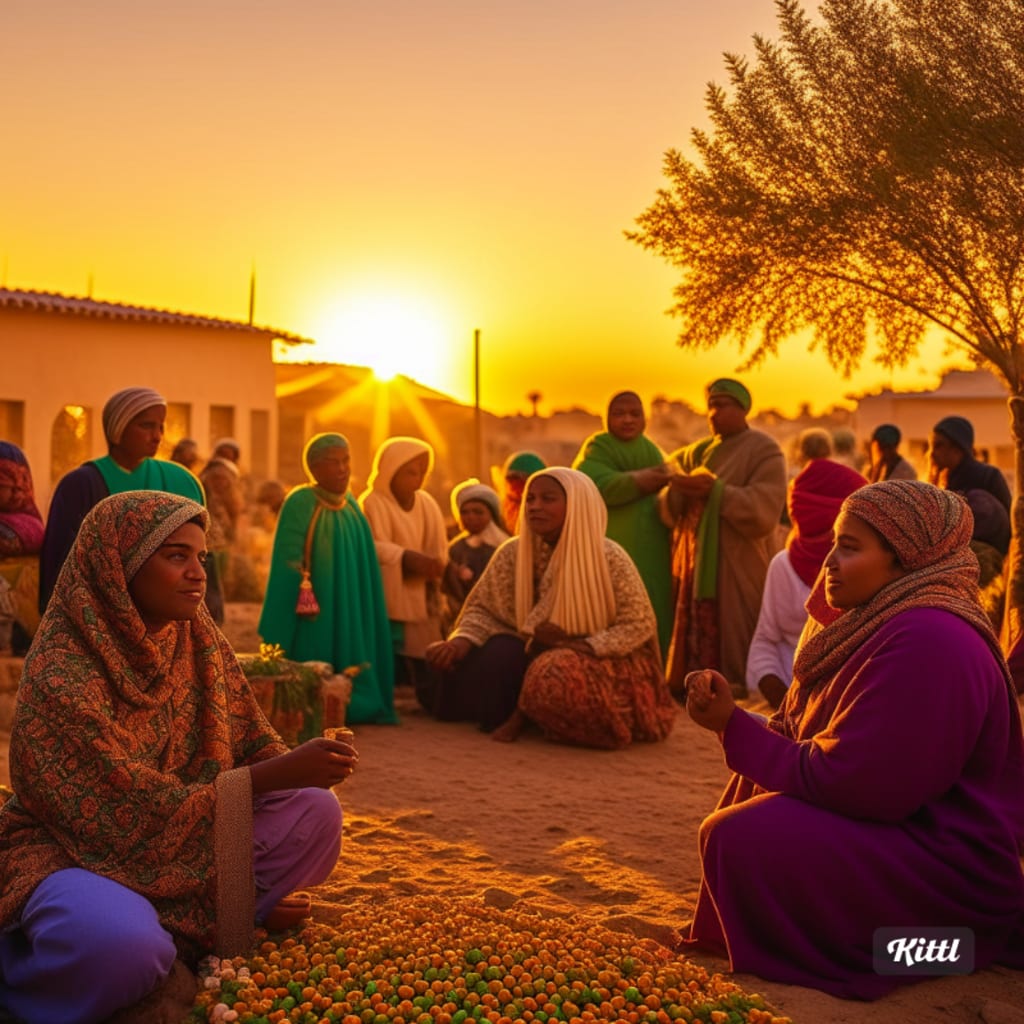Celebrating the New Year in North Africa: A Unique Cultural Tradition
Harvesting Tradition: An Annual North African Celebration on January 13th

Introduction:
In the vast expanse of North Africa, a vibrant and ancient cultural celebration unfolds annually on January 13th. This event marks the commencement of the agricultural year for a distinctive community with a rich historical heritage. Amidst the arid landscapes, this New Year celebration carries profound significance, embracing age-old traditions and customs that have been passed down through generations.
The Significance of January 13th:
While much of the world follows the Gregorian calendar, a particular North African community observes a calendar deeply rooted in the cycles of agriculture and nature. On January 13th, these communities come together to usher in the New Year, celebrating the renewal of life and the beginning of the agricultural season.
Cultural Festivities:
The New Year festivities are a kaleidoscope of cultural expressions, showcasing the unique traditions of this North African community. Colorful costumes, lively music, and traditional dances take center stage as communities gather to honor their heritage. The air is filled with the aromas of traditional dishes, and families come together to share meals and exchange warm wishes.
Symbolism in Rituals:
Central to the celebration are various rituals that symbolize the community's connection to the land and the changing seasons. Rituals involving the planting of crops, the blessing of seeds, and prayers for a fruitful harvest are integral parts of the festivities. These activities highlight the agricultural foundation of the New Year celebration and the community's deep respect for the earth.
Community Unity:
The New Year celebration serves as a unifying force, bringing together people from diverse backgrounds within the community. It is a time for strengthening bonds, fostering a sense of belonging, and passing on cultural values to younger generations. Elders share stories and wisdom, imparting a sense of continuity and identity.
Traditional Arts and Crafts:
Artisans play a crucial role in the New Year celebration, showcasing traditional crafts that reflect the community's unique aesthetic. Intricate textiles, pottery, and jewelry contribute to the visual tapestry of the festivities, illustrating the skill and creativity passed down through generations.
The vibrant hues of handwoven textiles tell stories of generations past, with each pattern and color representing a connection to the community's history. Pottery, crafted with precision, reflects the skilled hands that have molded these vessels over the years. The glint of intricate jewelry mirrors the cultural wealth that has been preserved through the ages.
These traditional arts and crafts not only add a visual feast to the celebration but also serve as tangible links to the community's cultural identity. Through the meticulous craftsmanship, the New Year festivities become a living museum of the community's artistic legacy.
Conclusion:
January 13th is more than just a date on the calendar for the North African communities that observe this annual celebration. It is a testament to the resilience, cultural richness, and deep connection to the land that define these unique traditions. As the world continues to evolve, the New Year celebration stands as a testament to the enduring spirit of a people, honoring the past while embracing the promise of a new agricultural cycle.
In the face of modernity, these celebrations act as anchors, grounding the community in its roots and fostering a sense of pride in its cultural heritage. The annual gathering on January 13th not only marks the turning of the agricultural calendar but also serves as a reminder of the importance of preserving traditions in an ever-changing world.
As the sun sets on the day's festivities, the echoes of laughter, the rhythm of traditional music, and the vibrant colors of the celebration linger in the air. The North African community, through its New Year festivities, sends a timeless message — a celebration of identity, unity, and the enduring legacy of a people deeply connected to the rhythms of nature and the cycles of life.






Comments (1)
Outstanding! Awesome story,\